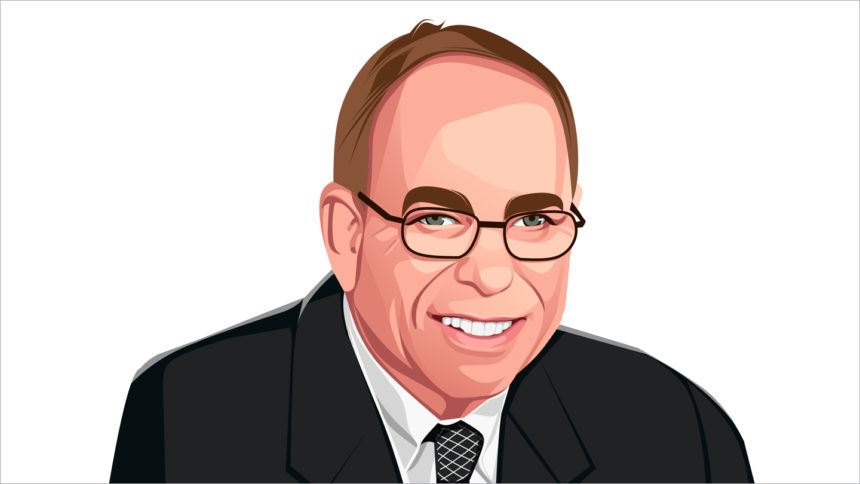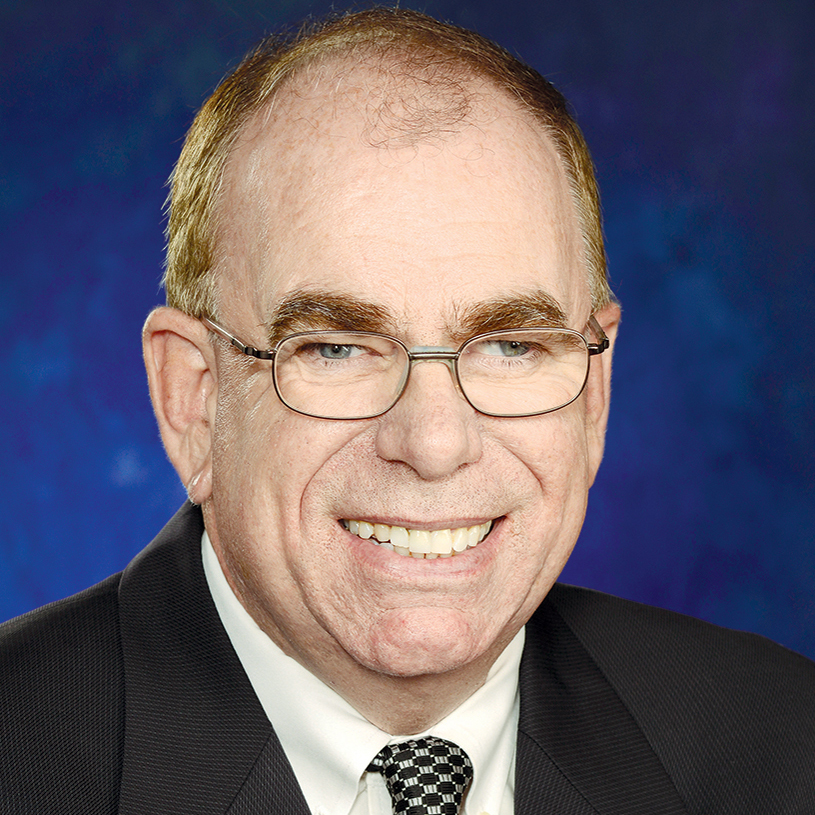

In his farewell address, President Dwight Eisenhower warned the nation about a growing threat to democracy: expanding clout within the military-industrial complex.
“In the councils of government, we must guard against the acquisition of unwarranted influence, whether sought or unsought, by the military-industrial complex. The potential for the disastrous rise of misplaced power exists and will persist,” he cautioned.
It’s a concern that still has merit more than six decades later, as spending on military grade weapons — and the political influence of firms that make them — continues to escalate.
At the risk of biting the hand that feeds me, maybe we should also ask about the inherent dangers in a growing healthcare-industrial complex?
Healthcare spending accounted for nearly one fifth of the nation’s gross domestic product (18.3%) in 2021, according to the Centers for Medicare & Medicaid Services. That’s a staggering $4.3 trillion, or $12,914 per person.
To say these costs are relatively high would be an extreme understatement. Especially considering per capita outlays among similarly large and wealthy countries:
- Germany: $7,383
- Austria: $6,693
- Netherlands: $6,190
- United Kingdom: $5,387
- Belgium: $5,274
Now it would be one thing if we were getting a great return on this, ahem, investment. But clearly, we’re not. At least if we are to judge by the most important metric of them all — how long we live.
Life expectancy in the US during 2021 was 76.1 years. Here’s how those same nations that spent far less on healthcare compared:
- Netherlands: 81.5 years
- Belgium: 81.5 years
- Austria: 81.3 years
- Germany: 80.9 years
- United Kingdom: 80.8 years
We are the only country in this basket south of 80 years. In fact, the average for the others was 82.4 years, according to CMS.
So to recap, we are spending far more on healthcare than our relative peers. Yet despite such costs, our citizens are expiring a half dozen years sooner, on average.
Meanwhile, domestic costs for health-related services keep rising. Both as a percent of the GDP and in actual numbers.
As trends go, these are hardly encouraging. Nor are they likely to help elicit goodwill and support from public or private payers.
John O’Connor is editorial director for McKnight’s Senior Living and its sister media brands, McKnight’s Long-Term Care News, which focuses on skilled nursing, and McKnight’s Home Care. Read more of his columns here.

